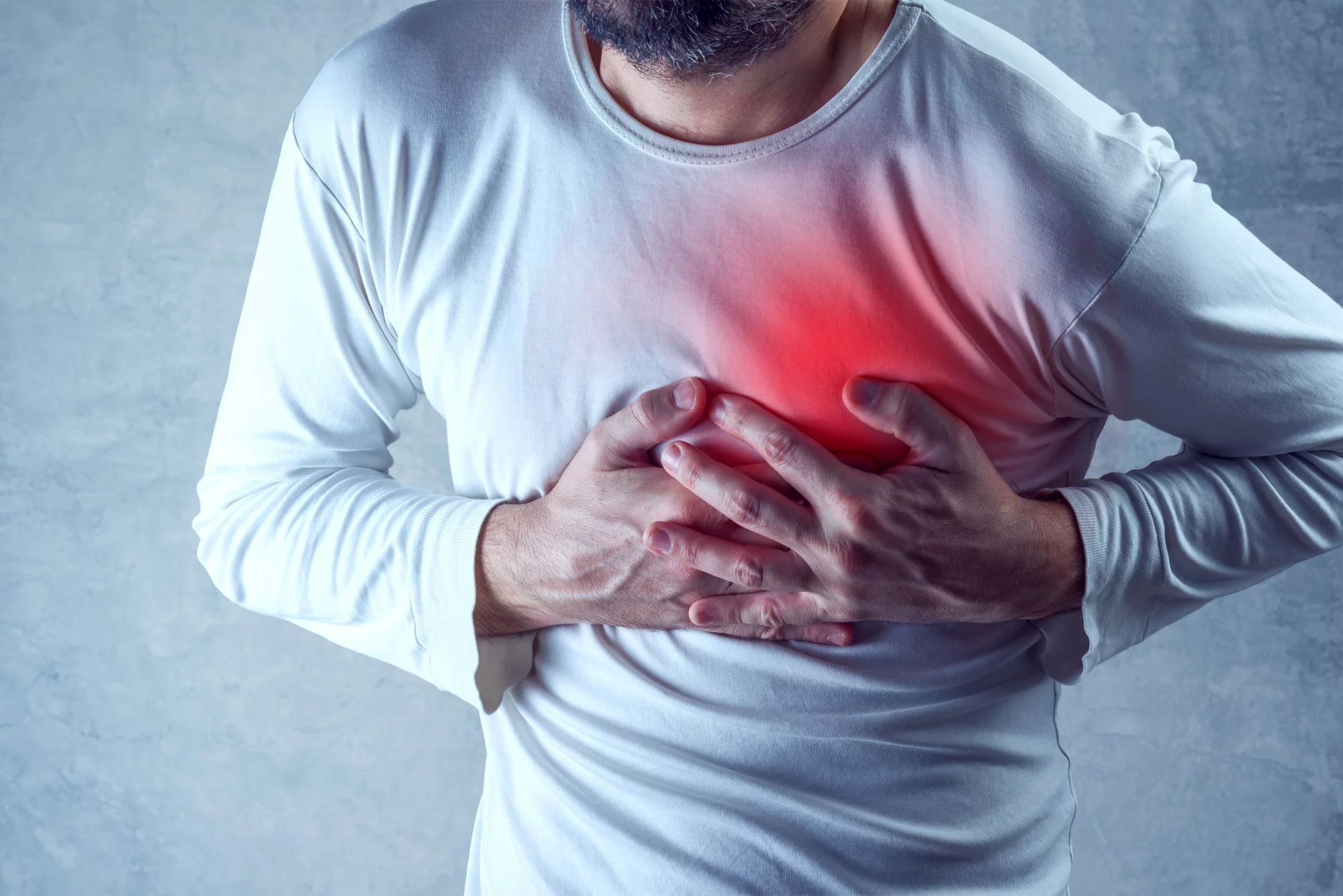Both a heart attack and a stroke share some similarities. The two are life-threatening conditions that cut off blood supply to once crucial areas of the body.
However, there are also fundamental differences between a heart attack and a stroke, and knowing them can be essential for surviving such life-threatening events.
To learn more about the difference between a heart attack and a stroke, keep reading!
Causes
A heart attack occurs when the flow of oxygen-rich blood to the heart muscle is blocked, usually due to a build-up of plaque in the coronary arteries.
A stroke, on the other hand, occurs when blood flow to the brain is cut off, causing brain cells to die. This can be due to a clot in a blood vessel or bleeding in the brain.
This difference is due to the different makeup of the arteries. The heart arteries are thicker and more resistant to blockages, while the brain arteries are thinner and more prone to blockages.
Warning Signs
The typical heart attack symptoms are chest pain or discomfort, while the most common warning sign of a stroke is sudden paralysis or weakness in the face, arm, or leg.
Other warning signs of a heart attack include shortness of breath, cold sweat, nausea, and lightheadedness. Warning signs of a stroke can also include sudden confusion, trouble speaking, or difficulty seeing.
Treatment Options
One of the most important differences between a heart attack and a stroke is the immediate treatment options available. For a heart attack, emergency treatment is focused on re-establishing blood flow to the heart, often through angioplasty or bypass surgery.
For a stroke, however, emergency treatment is focused on dissolving the clot and restoring blood flow to the brain.
This difference is due to the fact that heart muscle can survive without oxygen for a short period of time, but brain cells begin to die within minutes of being cut off from oxygen.
Recovery
The recovery process from a stroke vs heart attack can also be quite different. For example, recovering from a heart attack often requires lifestyle changes, such as quitting smoking and eating a healthy diet. There may also be medication prescribed by a doctor.
Recovery from a stroke can be more complex, as it may require rehabilitation to regain strength and mobility. In some cases, there may also be long-term care required.
Prevention
As far as prevention goes, there are some important similarities and differences. Both heart attacks and strokes can be prevented by maintaining a healthy lifestyle, including eating a healthy diet, exercising regularly, avoiding smoking, and managing stress.
Prevention of a stroke includes all of the above, plus controlling high blood pressure, high cholesterol, and diabetes.
Know the Difference Between a Heart Attack and a Stroke Now
There are many differences between a heart attack and a stroke, but there are also some important similarities. If you think you or someone else is having either a heart attack or a stroke, it’s important to act fast and call 911.
Time is critical when it comes to these medical emergencies.
Did you find this article helpful? Check out the rest of our blogs!

